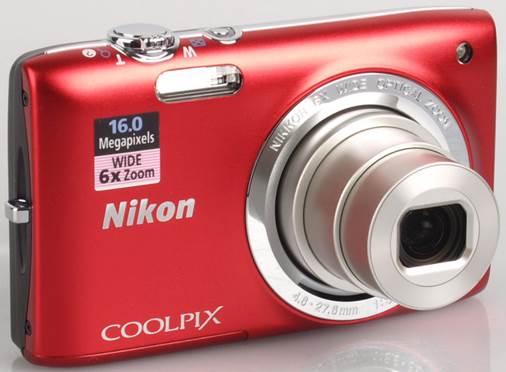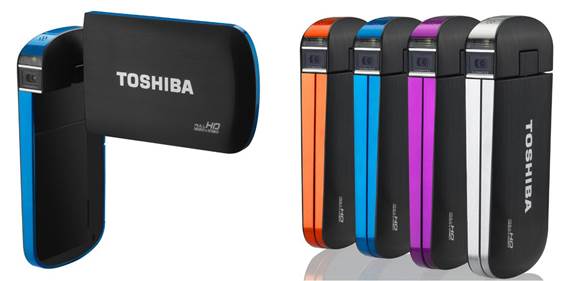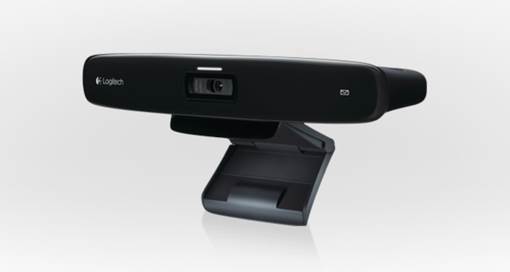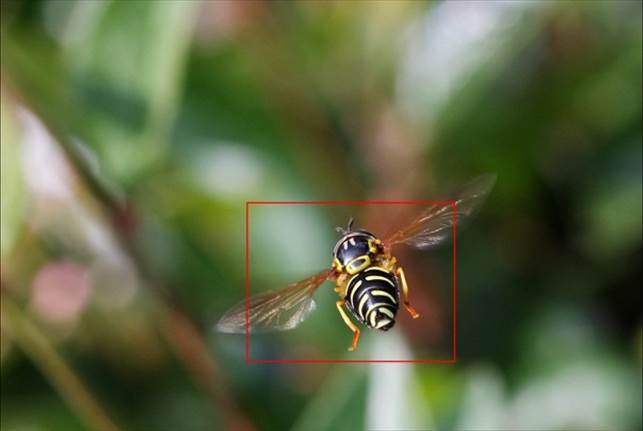Is your standard zoom lens stopping you from seeing the bigger picture? We search out the best buys at the ultra-wide end of the spectrum
Standard zoom lenses with a typical range of around 18-55mm give you a somewhat blinkered outlook on life. When you take into account the 1.6x crop factor of most Canon D-SLRs, such as the 1100D, 650D, 60D and 7D, the effective focal length of these lenses stretches from 29mm to 88mm. That’s fine for general photography, but there are times when you simply won’t be able to squeeze everything you want to photograph into the frame. You’re likely to feel the pinch most acutely when you’re shooting interiors of buildings. Even when your back is literally up against the wall, you simply can’t zoom out far enough to get the shot you want. But fit an ultra-wide lens like the Canon 10-22mm, which has an effective wide-angle focal length of 16mm, and the difference is truly staggering – it’s almost like you’re suddenly viewing the scene with both eyes open instead of just one.

With ultra-wide lenses, it’s almost like you’re suddenly viewing the scene with both eyes open instead of just one
The same holds true for landscape photography, when you want to take in a grand vista. An ultra-wide lens really does cover all the angles, as well as giving your creativity a boost. You can massively exaggerate perspective in shots, making foreground objects really stand out against rapidly shrinking backgrounds.
For most of us, a telephoto zoom lens will be the first purchase after buying a D-SLR with a standard zoom lens. But an ultra-wide lens is a worthy contender for being next on the list. So let’s take an in-depth look at the choices…
Canon EF-S 10-22mm f/3.5-4.5 USM
Once the most expensive lens in the group by some margin, the EF-S 10-22mm used to cost even more than Canon’s L-series (Luxury) EF 17-40mm full-frame offering. Build quality feels pretty solid and robust, but it lacks the usual L-series refinements, like weather-seals and a lens hood. The latter shouldn’t be a deal-breaker though, as while Canon’s official EW-83E hood costs around $50, you can buy independently made, compatible petal-shaped hoods for as little as $8 online.
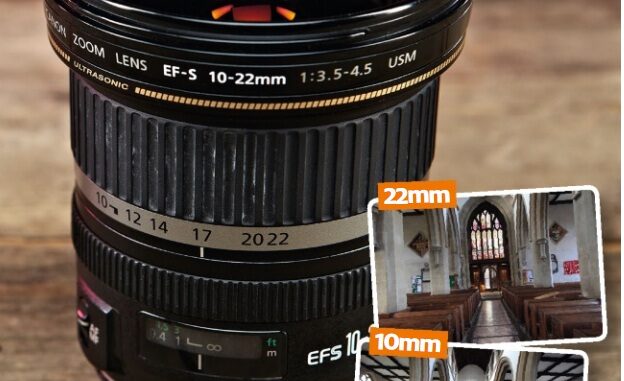
Canon EF-S 10-22mm f/3.5-4.5 USM
Handling is very refined, and both zooming and focusing are completely internal, so the lens doesn’t stretch in length during either adjustment. The ring-type USM autofocus proved super-fast and completely accurate in our tests, as well as being whisper-quiet. Despite this, images were generally slightly lacking in sharpness towards either end of the zoom range, especially at apertures larger than f/8.
At the largest apertures there’s noticeable vignetting but, as it’s a genuine Canon lens, in-camera ‘peripheral illumination correction’ is available on current D-SLRs, as well as in Digital Photo Professional when you’re editing RAW files.
Verdict
|
Canon EF 17-40mm f/4L USM
This is the only lens in the group that’s compatible with full-frame cameras like the 5D Mark II. We’ve included it because it is supremely good value, particularly for an L-series lens. Its optical prowess is only narrowly beaten by the Zeiss Distagon T* 18mm f/3.5 ZE prime lens, which costs twice the price and has no autofocus facility.
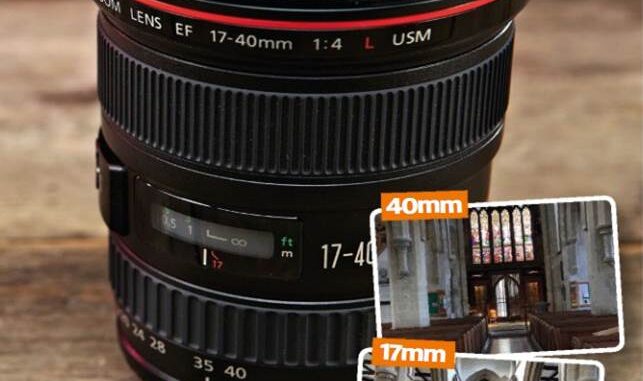
Canon EF 17-40mm f/4L USM
Despite the modest asking price for a luxury L-series lens, the build quality is professional, complete with dust and moisture seals. As with most L-series lenses, a lens hood is supplied as standard kit. Surprisingly compact for a full-frame ultra-wide lens, the 17-40mm is only slightly larger than the EF-S 10-22mm, and weighs less than some of the APS-C lenses in the group.
Image quality proved very impressive in our tests, with the lens delivering great sharpness and contrast throughout the zoom and aperture ranges. Vignetting is well controlled on full-frame cameras and a non-issue on APS-C bodies. The only problem is on APS-C EOS cameras the effective 27-64mm focal length range is more like a standard zoom than an ultra-wide lens, as demonstrated in the adjacent test shots.
Verdict
|
- Ultra-wide Lenses Group Test (Part 2) – Sigma 8-16mm f/4.5-5.6 DC HSM, Sigma 10mm f/2.8 EX DC HSM
- Ultra-wide Lenses Group Test (Part 3) – Sigma 10-20mm f/3.5 EX DC HSM, Tamron SP AF 10-24mm f/3.5-4.5 Di II
- Ultra-wide Lenses Group Test (Part 4) – Tokina AF 10-17mm f/3.5-4.5 AT-X 107 DX, Tokina 12-24mm f/4 AT-X 124 PRO DX II
